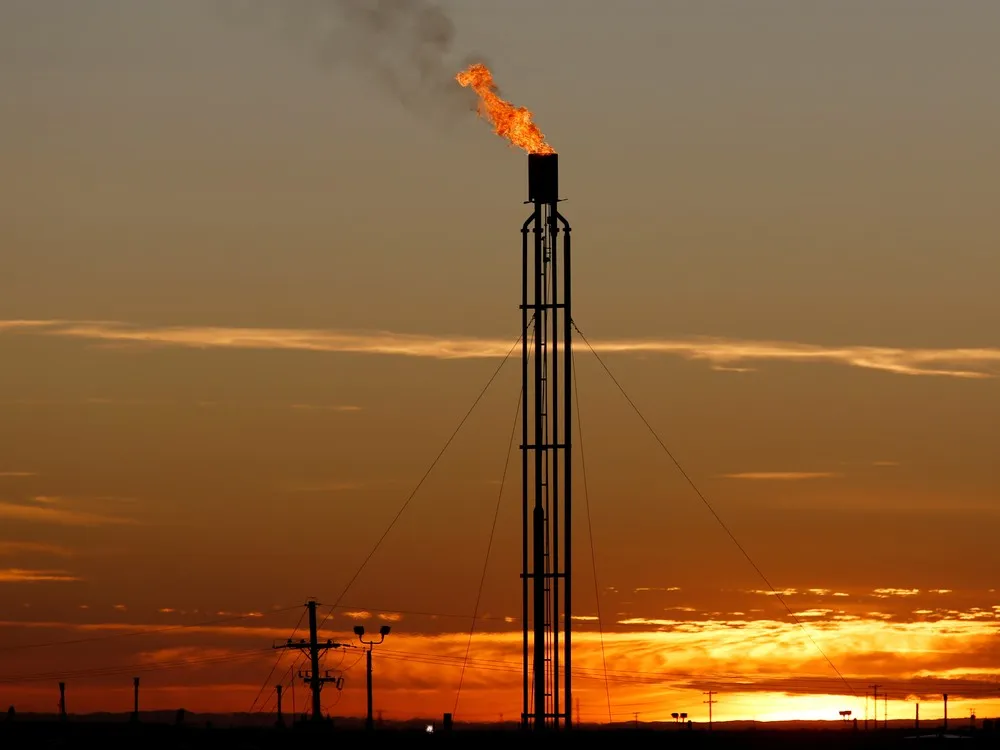Canada and the United States pledged to take further steps to reduce methane emissions from the oil and gas sector at the United Nations Climate Change Summit in Egypt.
At the climate summit, known as COP27, Canada announced it had published a framework outlining key elements of new regulations to achieve 75% methane reductions by 2030 compared to 2012 levels.
Industry and other stakeholders have until December 12th to act on the proposed changes.
In British Columbia, the natural gas and oil sector is the second largest source of greenhouse gases after truck and rail transportation.
Canada’s new regulations apply to a wider range of methane sources, eliminating exclusions and pushing as many sources as possible toward zero emissions.
The new regulations will require the use of carbon-neutral equipment, such as switching from natural gas to electricity for compressors and valves used in processing plants, wells and pipelines.
The regulation is intended to virtually eliminate flaring (combustion of gas) and venting (emission of unburned gas), expand inspection programs, and create a consistent national monitoring and reporting program. increase.
“Our cooperation with the United States will strengthen regulatory ambition and coordination and support the competitiveness of the oil and gas sector. “Cooperation between our two countries is essential to combat climate change, strengthen our economies, and protect the health and safety of North Americans.”
Earlier this year, Canada announced its intention to work with the oil and gas industry on ways to achieve net-zero emissions by 2050 and set a 75% methane reduction target by 2030.
US President Joe Biden, the leader of a major polluting country attending COP27, has announced that for the first time, the US government will require oil and gas producers to detect and fix methane leaks.
Canada’s new regulations require the same for methane, which has more than 80 times the warming potential of carbon dioxide in the first 20 years after it reaches the atmosphere.
Officials at the Canadian Petroleum Producers Association, whose members represent 80% of oil and gas production, including key players in British Columbia, said they were still working out the details of the proposed regulatory framework and commented directly. I couldn’t.
But spokeswoman Elizabeth Besson said on Sunday that Canada’s upstream oil and gas industry is working hard to cut methane emissions.
She pointed out that recent reports, including one from the Canadian government, show that the sector is on track to meet its initial 45% methane reduction target by 2025.
“CAPP and its members have made reducing emissions a priority and will continue to invest in innovation to help Canadian oil and natural gas play a key role in providing affordable, low-emission energy around the world. Advance Canada’s and industry’s goals for a clean energy future. We need to,” he said Besson.
Environmental groups welcomed the new regulations.
Tom Green, senior climate policy adviser at the David Suzuki Foundation, said Canada would join the conference and possibly raise the bar on global best practice if the new regulations were implemented.
“Canada cannot meet its climate goals without reducing oil and gas emissions from this very potent greenhouse gas,” Green said.
The BC government also has a carbon emissions reduction plan that calls for stronger policies to cut methane emissions from the oil and gas sector by 75% by 2030 and nearly eliminate all industrial methane emissions by 2035. I have.
Details of the state’s new plan will not be announced until 2023.
source:https://eminetracanada.com/ottawa-targets-methane-emissions-in-oil-and-gas-sector/746850/

